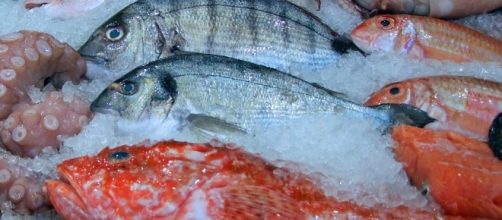The mercury absorbing fish that is a low source of omega-3 fatty acids had the disgusting name of slimehead. A change of name made it more appealing and in the 1970’s commercial fishing of the deep sea species soared.
Consumers now know the fish as the orange roughy. Before death, the fish are bright red but this fades after dead to a yellowish orange, which accounts for the new name.
Slimeheads have other unappealing traits apart from the original name. The head of the fish contains a network of mucus-filled canals, which might explain why it is most often sold skinned and filleted.
The Seafood network Information Centre notes that the orange roughy contains average levels of mercury of about 0.30-0.86 ppm. Compare this to other edible fish, which sits at around 0.086 ppm. In 1976, the FDA moved to set the maximum safe mercury levels at 1ppm. Studies of consumer demand by National Fisheries Marine Service found that eating too much of this fish could be harmful to human health.
In natural circumstances, the fish will outlive humans. They reach sexual maturity in their twenties and attain grand old age at over a hundred years. Before being fished out to nearly unsustainable population levels, it was believed that on average they lived for one and half centuries. Because they are so slow to grow, they have years and years in which to absorb mercury.
Most humans eat fish because we know that they contain all sorts of good things, but especially Omega-3 fatty acids. It turns out that the orange roughy was at the back of the line when it came to such blessings. On average, the fish contains less than 200 milligrams of the omega-3 fatty acids in a cooked portion of three ounces. Compare this to a portion of wild herring, which contain 1,500 milligrams.
In just a few decades, excessive commercial fishing crashed the New Zealand population. The Namibian and Australian stocks were severely depleted. Controls and quotas were introduced, but as they are such slow growing fish, and they are harvested before reproducing, it is not known if the population will recover.
In 2010, Greenpeace International placed the orange roughy on their red list. Seafood placed on the red list means that they are classified as being sourced from unsustainable fisheries. In Australia, the roughys are listed as conservation dependent.
Next time you think about putting this fish on the dinner table, it may be the time ask yourself if you really need to eat a snotty fish with high mercury levels, low omega 3’s and a history of over-exploitation.

